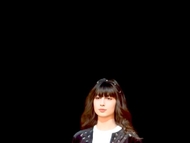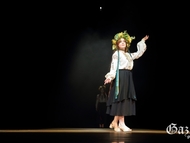Many Koreans are accustomed to western culture like eating hamburgers, listening to foreign music and living in an apartment instead of a traditional Korean house. Recently, I went to Seoul to cover a story on Han-style, which includes Hangeul, Hansik, Hanbok, Hanok, Hanji, Hanguk-eumak and especially Hanok (traditional Korean house) with the hope that many Koreans will remember and enjoy our traditional culture artifacts.
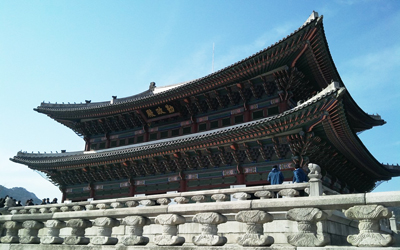
In Seoul, there are five big palaces. Of these five big palaces, Changdeokgung, which was added to the UNESCO World Heritage List in 1997, and Gyeongbokgung, which served as the main palace in the Joseon Dynasty, are two representative palaces. We can think that these two palaces are the best extant Hanok because these are the palaces where the Joseon kings stayed before and after the Japanese invasion of Korea in 1592.
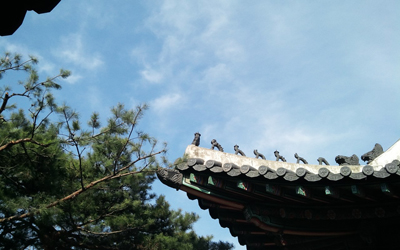
The most impressive thing was the various animals which are hidden all over the palaces. Some animals are real but others are imaginary creatures. For example, Chwidu and Yongdu, which look like a kind of dragon, and Sonokong, Saojeong and jeopalgye, which are the main characters in the novel Journey to the West, are imaginary. These imaginary creatures are roofing tiles on the palaces’ eaves. Another example is the Ten Longevity Chimney in the Jagyeongjeon. The ten longevity symbols are things in nature, animals or plants which all represent eternal life: the sun, mountains, the water, stone, moon (or cloud), elixir plant, turtle, crane and deer. Pulgasari, which has the head and body of a bear, claws of a tiger, trunk of an elephant and eyes of a rhinoceros, is also carved on the chimney. It is known as an auspicious imaginary animal to exorcise evil spirits.
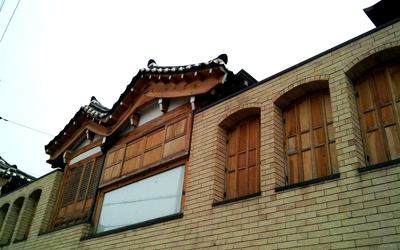 Another good place to enjoy Hanoks is the Bukchon Hanok Village. The most impressive thing in Bukchon Hanok Village is that the appearance of most Hanoks is modern and not like the traditional style of the Joseon Dynasty. Those Hanoks are not the environmentally friendly, unlike traditional Hanoks made with soil earth, wood and stone which are. They are unique and modern Hanoks made with marble and red brick and painted with various colors. Not only the appearance but also the function has changed to include modern places like dental clinics, kindergartens and cafes.
Another good place to enjoy Hanoks is the Bukchon Hanok Village. The most impressive thing in Bukchon Hanok Village is that the appearance of most Hanoks is modern and not like the traditional style of the Joseon Dynasty. Those Hanoks are not the environmentally friendly, unlike traditional Hanoks made with soil earth, wood and stone which are. They are unique and modern Hanoks made with marble and red brick and painted with various colors. Not only the appearance but also the function has changed to include modern places like dental clinics, kindergartens and cafes.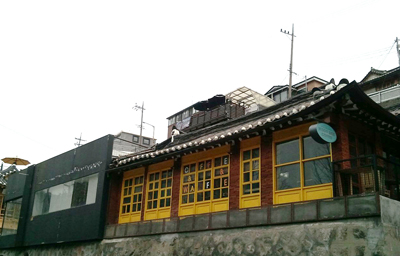 This trip was a good opportunity to learn about the beauty of the Hanok deeply. Particularly, it was a good opportunity to discover the beautiful new Hanoks that are used as cafes and restaurants and don’t look like traditional Hanoks. One even has a glass window with traditional muntin patterns. I hope many Koreans will take a rest from their hectic daily lives and enjoy these unique and fun Hanoks. Let's go find the beauty of the Hanok!
This trip was a good opportunity to learn about the beauty of the Hanok deeply. Particularly, it was a good opportunity to discover the beautiful new Hanoks that are used as cafes and restaurants and don’t look like traditional Hanoks. One even has a glass window with traditional muntin patterns. I hope many Koreans will take a rest from their hectic daily lives and enjoy these unique and fun Hanoks. Let's go find the beauty of the Hanok!



